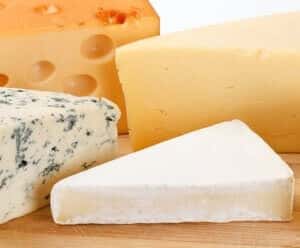
Americans have been warned to avoid eating saturated fat for at least as long as they have been told to avoid eggs and cholesterol-containing foods. Although the most recent Dietary Guidelines for Americans (2015-2020) have eased restrictions on eggs, there is still a clear warning to cut back on foods containing saturated fat.
Is Eating Saturated Fat Really So Risky?
But a new study from the Netherlands calls that pillar of nutritional advice into question. Over 35,000 Dutch citizens participated in the European Prospective Investigation into Cancer and Nutrition (EPIC).
What Did People Eat?
A food-frequency questionnaire provided insight into the amount and kinds of saturated fat people were consuming. The subjects were followed for 12 years. There were seven types of foods that contributed more than 80 percent of the saturated fat to these Dutch diets: cheese, meat, milk, fats (hard or solid), butter, cakes and snacks. The various foods were analyzed for the specific saturated fatty acids they contained.
The Envelope, Please:
The authors concluded that people who consumed high amounts of saturated fat were not at a greater risk for coronary artery disease. In fact, those who ate more foods containing saturated fatty acids were actually less likely to develop clogged coronary arteries. If people consumed highly processed high-carb foods instead of eating saturated fat, their risk of heart disease climbed significantly.
The investigators point out that there are a number of different kinds of saturated fats and some (such as butyric and capric acid) appear to be protective rather than harmful. This follows a meta-analysis of 12 epidemiological studies that also did not find a link between saturated fat intake and heart disease (BMJ, online Aug. 12, 2015).
American Journal of Clinical Nutrition, Feb., 2016
You can read more about the flip-flops on saturated fat as well as salt. We wrote about them here.

